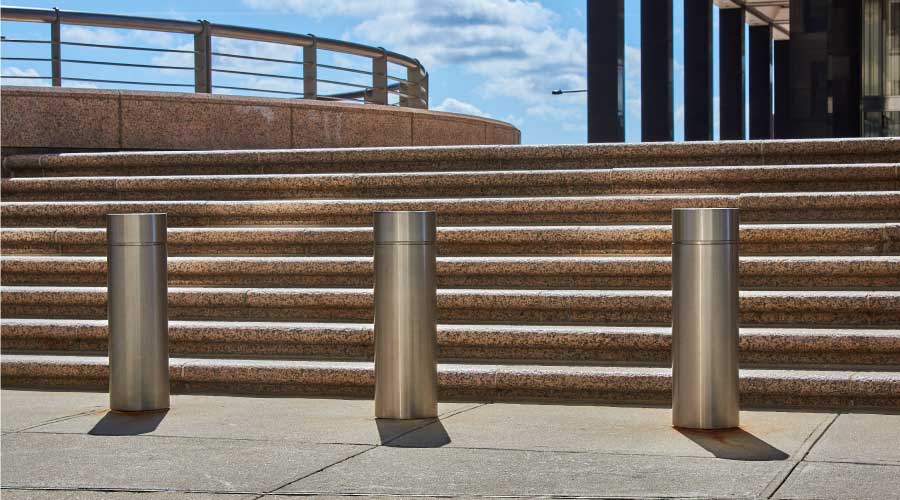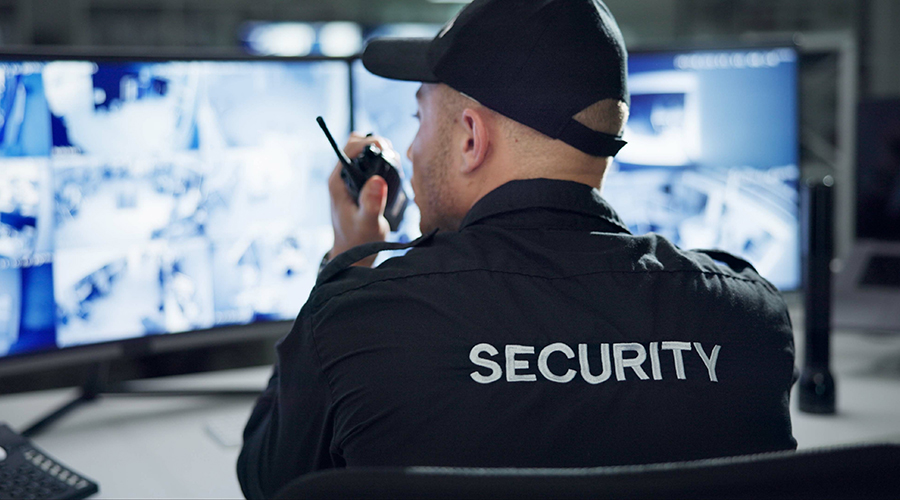Campus Layout Can Help Mitigate Threats, But Good Security Plan Needed
Because the layout of the campus can play a role in mitigating threats of violence or natural disaster, a solid security plan will include an assessment of the buildings and grounds. For instance, a lighting survey can help identify sections of the campus that are poorly illuminated and could offer cover to would-be criminals.
In some buildings, it's possible to compartmentalize, or lock down specific sections, so that getting through requires destroying a lock, Ahrens says. While this may not stop a dangerous individual forever, it can create enough of a delay that the individual calms down or is apprehended. Of course, any compartmentalization plan needs to be carefully thought through so that it doesn't inadvertently keep students or faculty from getting where they need to go in order to be safe. Also, regulations may require some doors to remain unlocked.
In working with the physical structure of a campus, a couple of caveats should be kept in mind. For starters, "you're only as good as your weakest link," Ahrens says. In other words, installing a solid, steel-reinforced door next to a window that easily is broken isn't going to do much good.
On campuses with buildings that were constructed decades, if not centuries ago, dramatically changing the physical layout can be difficult, Ahrens adds. It may make more sense to focus on technical options that can be added on to the existing structures. An example would be implementing a mass communication system that will direct occupants to alternative exit routes during an emergency.
Security Technology
Given the range of technical solutions — from cameras to lighting to communication systems — available to enhance campus security, school administrators have to identify the systems that best fit their needs and offer the most value for the investment. "Every campus wants everything, but there are budgetary concerns and implementation concerns," Evenson says.
Kennesaw State takes a layered approach to security, Lang says. The first is a siren/voice-over system. After one of the campus sirens has sounded and captured the attention of students and staff, the voice-over system can be used to provide information and instruction.
The next layer consists of the technology used to reach students and staff on their own devices, through text message, voicemail or email — "the triumvirate," as Lang calls it.
The final layer is a computer over-ride popup that can be used to reach students and staff in areas in which cell phones may not work. Lang is able to override the applications on the computers to send messages identifying the emergency and providing instructions.
A couple of guidelines come into play when implementing a technical solution. A system that's carried by a single vendor effectively ties the school to that company, Evenson points out. If the company runs into trouble, it may be difficult to get the service needed to support the system.
Privacy concerns can be an issue as well. For instance, students and staff may object to technology that allows someone to identify what a student is reading or checking out of a library, says Gary Margolis, managing partner with Margolis Healy & Associates.
Finally, it's important to keep in mind the fine line between securing a campus and destroying an open, educational feel, Evenson says.
Related Topics:














